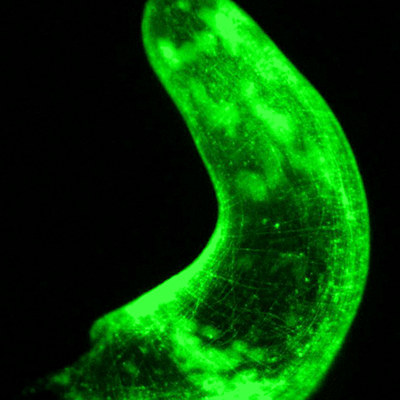March 16, 2022 -- Mapping how complex animals develop from a single cell is a key area of study, but it remains a significant challenge. Now, research published in Nature Genetics on March 14, has laid out the molecular changes that control how cells transform during mouse embryonic development. The resulting roadmap identifies potential links between cell types to help understand the paths they take toward specialization.
During development, an embryo grows rapidly to form a multitude of specialized cells needed for an animal to survive. As each new cell is created, internal molecular machinery drives the genetic activity required for each cell type to develop in the right way.
"We begin life as a one-cell zygote and that cell, in just a few weeks or months, divides and differentiates into hundreds of cell types," said Jay Shendure, PhD, professor of genome sciences at the University of Washington School of Medicine. "So, the question is: How does that happen? What paths do cells take? What are the genes that shape those decisions?"
The answers to these questions are within reach thanks to advancements in RNA sequencing that allow biologists to study the gene activity of individual cells. This single-cell approach gives the necessary degree of resolution to identify the genes responsible for each transition from one cell type to another. By identifying the RNA transcripts produced and seeing how they change over time, it is possible to trace the lineage of how different cell types are created.
The journey from a single cell to a well-formed brain, liver, and immune system takes only 21 days in mice. Yet this speed disguises the enormous complexity of the process, which is still not fully understood despite being a long-standing ambition of developmental biologists. The millimeter-long roundworm Caenorhabditis elegans remains the only animal whose embryonic lineage has been completely reconstructed.
Combining old and new results
Now, researchers have used existing single-cell RNA sequencing data combined with new results to create a "roadmap" for mouse embryonic development. The team, led by Shendure, analyzed data from mouse embryos ranging in age from 3.5 days old, where there are dozens of cells of a few different types, to 13.5 days old, with millions of cells of hundreds of types.
To integrate the data from previous research, the scientists needed to account for differences between the technologies used across the various labs. However, doing this for the data between 8.5 and 9.5 days proved particularly challenging as numerous cell types appeared and disappeared during this time.
To address this, the team did their own single-cell sequencing, analyzing over 150,000 cells from 12 embryos at the 8.5-day point. This experiment provided the necessary resolution during this critical developmental period to identify additional subpopulations of cells and match them to the findings from the previous datasets.
The combined analysis of new and old results identified 94 different cell types over the course of an embryo's development. The researchers used an algorithm to match the cells across time points based on the similarity of their gene activity. This produced a form of family tree, detailing the relationships over time between the different cell types as embryonic development progresses.
This map of connections, which the team called Trajectories of Mammalian Embryogenesis (TOME), matched well with what is already known about where the cells are found in the embryo. The researchers hope that this will be used as a resource for other scientists working on different aspects of embryonic development.
Creating new cells
Changes in activity were particularly notable in genes coding for proteins known as transcription factors. These proteins guide the transcription machinery to specific genes, thereby controlling their activity. The team found several that appear to regulate the emergence of each cell type.
"As embryogenesis proceeds, the cells branch off into different cell types like branches of a tree," said Chengxiang Qiu, a doctoral student in Shendure's lab and first author of the paper. "Transcription factors that are active at these branch points tend to be specific for a new cell type."
For each new cell type, the researchers identified an average of 27 transcription factors that were more active and 23 that were less active compared to related cells. Some transcription factors were involved in the emergence of several cell types, while others were highly specific.
In the future, Shendure and his colleagues are planning to use single-cell RNA sequencing data from mouse embryos at more time points to get further detail of the gene expression changes that drive development.
Copyright © 2022 scienceboard.net







